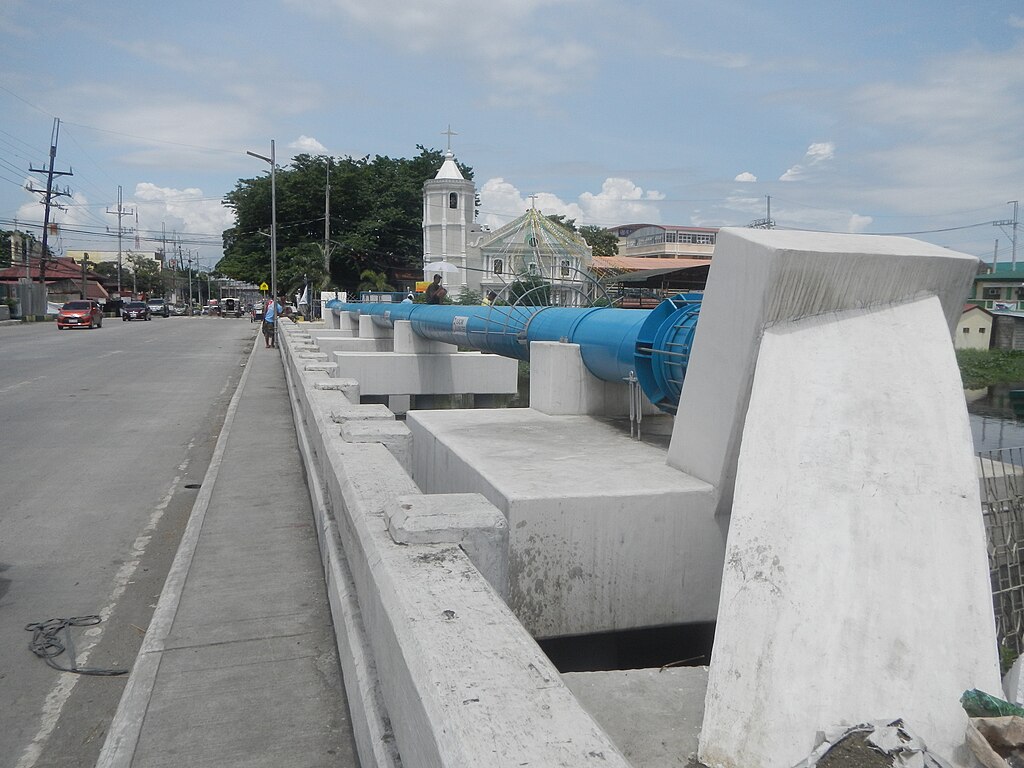Sanitary appliance Unit 1– Level Five: Detailed Description
Sanitary appliances are essential fixtures used in bathrooms and washrooms for personal hygiene, waste disposal, and general cleanliness. These appliances are designed to be functional, durable, and easy to maintain. Below is a description of common sanitary appliances:
-
Toilets: Toilets are the most essential sanitary appliance for waste disposal. They come in various types:
- Commode Toilets: The most common type, either one-piece or two-piece, with a seat and a bowl.
- Squat Toilets: A traditional type where users squat to relieve themselves.
- Bidet: A fixture used for cleaning the genital and anal areas after using the toilet. It can be a standalone appliance or integrated into a toilet seat.
-
Wash Basins/Sinks: Used for washing hands, face, and brushing teeth, basins come in various designs (pedestal, wall-mounted, countertop, under-mount) and are made of materials like ceramic, glass, or stainless steel.
-
Bathtubs: Large containers designed for holding water in which people bathe. They can vary in size and shape, including freestanding, built-in, or whirlpool models for therapeutic purposes.
-
Shower Enclosures: These are enclosed spaces where people take showers. They can be standalone units or part of a bathtub system. Showerheads can be adjustable, and the enclosure is typically made of glass, acrylic, or tile.
-
Urinals: Primarily used in male restrooms, urinals are wall-mounted fixtures designed for standing urination. They are typically found in public spaces to improve hygiene and efficiency.
-
Water Heaters: These appliances are used to heat water for showers, washing, or other hygiene-related purposes. They include storage water heaters, instant water heaters, and tankless water heaters.
-
Toilet Paper Holders and Towel Racks: These small fixtures help in organizing bathroom essentials, keeping toilet paper rolls and towels easily accessible.
-
Bathroom Faucets: Faucets are installed on wash basins, bathtubs, and showers to control the flow of water. They come in various styles, including single-lever, dual-handle, or sensor-operated designs for convenience and water efficiency.
-
Bidet Sprays: These are handheld sprayers designed to offer a more hygienic alternative to toilet paper. They are installed next to the toilet for cleaning purposes.
-
Sinks for Kitchens and Utility Areas: Often included in sanitary appliance considerations for cleaning dishes, food preparation, and other hygiene-related tasks in the kitchen.
These appliances are typically made from materials that are easy to clean and resistant to corrosion, like ceramics, stainless steel, glass, and plastics, ensuring longevity and maintaining hygiene in the space.
 Welcome to BETT MACKSON Gnomio site!
Welcome to BETT MACKSON Gnomio site!
